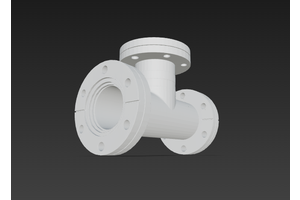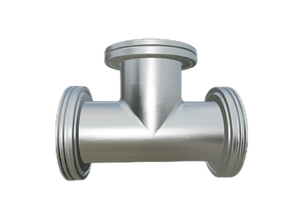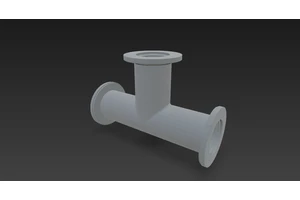Various Roles of Different Vacuum Pumps in Vacuum Systems
Understanding the Functions and Importance of Diverse Vacuum Pumps in Achieving Specific Vacuum Levels
Section One: Main Pumps in Vacuum Systems
• Definition and Function of Main Pumps: Directly evacuating the vacuum system to achieve required vacuum levels for processes. • Selection Criteria: Identifying the appropriate main pump based on specific process requirements.
Section Two: Roughing Pumps Explained
• Introduction to Roughing Pumps: Reducing the pressure from atmospheric to a level suitable for another pumping system to take over. • Practical Applications: Utilizing roughing pumps in initial stages of vacuum creation.
Section Three: Foreline Pumps and Their Role
• Purpose of Foreline Pumps: Maintaining the front-stage pressure below its maximum permissible value for another pump. • Integration with Other Pumps: Ensuring efficient operation by supporting other vacuum pumps.
Section Four: Holding Pumps for Stable Operation
• Functionality of Holding Pumps: Supporting primary pumps or maintaining low pressures in systems with minimal gas load. • Implementation Scenarios: Deploying holding pumps to ensure steady-state conditions in low-load environments.
Section Five: Rough and Low Vacuum Pumps
• Characteristics of Rough/Low Vacuum Pumps: Operating from atmospheric pressure down to low or rough vacuum ranges. • Use Cases: Suitable applications across industries requiring moderate vacuum levels.
Section Six: High Vacuum Pumps Overview
• Features of High Vacuum Pumps: Designed for operations within high vacuum ranges. • Industrial Relevance: Critical components in processes demanding high vacuum environments.
Section Seven: Ultra-High Vacuum Pumps
• Specifications of Ultra-High Vacuum Pumps: Tailored for ultra-high vacuum range operations. • Technological Advancements: Latest developments enhancing performance in extreme vacuum conditions.
Section Eight: Booster Pumps in Vacuum Systems
• Role of Booster Pumps: Enhancing intermediate pressure range pumping speeds or reducing demands on front-stage pumps. • Strategic Placement: Optimizing system efficiency through strategic integration of booster pumps.





